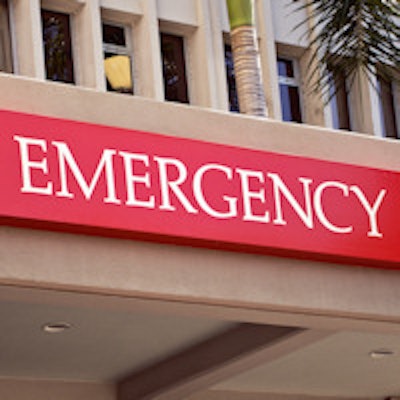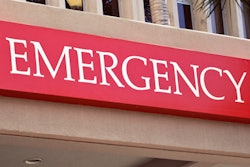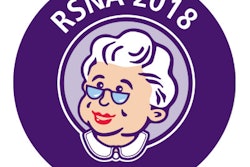
A new study in Radiology is offering a riposte to those who question whether CT is being overused to evaluate patients in the emergency department (ED). The review of more than 1,200 patient cases found that the use of CT often led to changes in patient management.
Use of CT in emergency departments has tripled in the past 20 years, but the benefits of the explosion in utilization have been unclear. For example, a 2014 study by Levin et al in the Journal of the American College of Radiology found that the ED is the only hospital location where imaging use has continued to grow over the past several years.
Meanwhile, a 2011 study at Massachusetts General Hospital (MGH) found that emergency CT scans changed the management of more than 40% of patients presenting at the hospital's ED with abdominal pain, but that research was performed at only a single institution. Therefore, researchers from MGH's Institute for Technology Assessment, led by Dr. Pari Pandharipande, decided to investigate the question at multiple institutions (September 24, 2015, Radiology).
Pandharipande and colleagues reviewed emergency CT scans performed at four academic medical centers in the U.S. between July 2012 and January 2014. ED physicians were asked to complete surveys on patient management, both before and after getting the results of CT scans. In all, 245 physicians completed the surveys, covering 1,280 patients.
The results were analyzed by symptom type and whether CT affected the leading diagnosis. The researchers found that CT changed patient management in the following groups:
- 51% of patients with abdominal pain
- 42% of patients with chest pain and/or shortness of breath
- 24% of patients with headache
In addition, CT scans helped confirm or rule out alternative diagnoses 95% to 97% of the time across all symptom groups, and decisions about admitting patients to the hospital were changed 19% to 25% of the time.
While the study did not assess the costs and risks of CT, such as exposure to radiation, the magnitude of the benefits found indicate that policies designed to reduce the use of CT in the emergency setting could compromise patient care, Pandharipande noted.



















